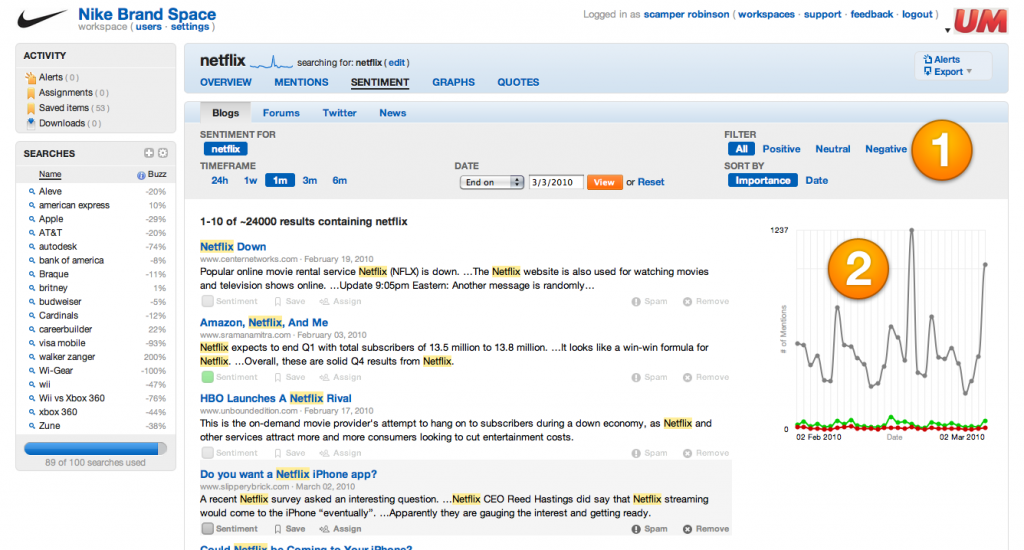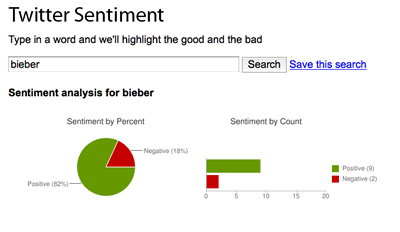I have a rather awkward subject to discuss. The last time I brought it up in mixed company, someone slapped me. But I’m going to do it anyway, because it’s worth discussing.
Natural language processing and semantic analysis allows us to extract sentiment from documents. Marketing organizations and community managers rely on tools from Scoutlabs, Radian6, and others that try to understand how online communities feel about their brands and products.
As we share more of our lives online, there’s more to analyze. Researchers from Northeastern University and Harvard University analyzed Twitter’s mood over the day. This kind of sentiment analysis can look at someone’s online messages and decide whether they’re angry or content, happy or sad. Given data over time, it can likely recognize patterns of mood, even cycles.
Such as those that occur every twenty-eight days.
(It’s at this point that my dinner companion launched a well-aimed palm at my somewhat scruffy chin.)
Sentiment analysis is a powerful tool, generally aimed at understanding a particular thing.
But we could point the same kinds of tools at people, in an attempt to understand when it’s a good time to sell them something, or ask a favor, or send them an unsolicited message.
The Decade of Sharing is upon us, and public disclosure means public analysis. Knowing how receptive a prospect might be to a particular sales pitch could be invaluable to marketers.
Moods may relate to natural cycles–variances in hormones, day length, weather, and so on. They can occur in both men and women (a point I tried valiantly to make in my defense, without much success.) And they can be triggered by a huge range of causes.
This could have some interesting consequences.
- Wily consumers might try to game the system, posting carefully worded messages in the hope of steering good deals their way.
- Companies might restrict what their purchasing officers can do online, fearing that they might lose out in negotiations.
- Marketing companies could start selling data on individual consumers’ mood patterns.
Because of cross-site cookies, online marketing already targets users, as my friend Julie Matlin recently found out. But in Julie’s case, while the offer of a pair of shoes followed her around the web, it was a dumb offer: it didn’t take into account how she was feeling. Julie’s an unusually transparent online persona, and there’s plenty a marketer could have used to craft a targeted proposition that would have made her likely to buy.
Websites use A/B and multivariate testing to decide which propositions work best. By adjusting a range of variables — color, price, wording — each time someone visits their site, they can optimize their online businesses and maximize their revenues. If marketers can correlate causes with shifts in mood among their target markets, they’ll have tremendous power over consumers. If they then apply A/B and multivariate testing to those consumers, they’ll quickly learn what approaches work for what moods, taking direct marketing to an uncomfortably personal new level.
Let the slapping begin.








 @
@

 Tags:
Tags: 


 Like all images on the site, the topic icons are based on images used under Creative Commons or in the public domain. Originals can be found from the following links. Thanks to
Like all images on the site, the topic icons are based on images used under Creative Commons or in the public domain. Originals can be found from the following links. Thanks to